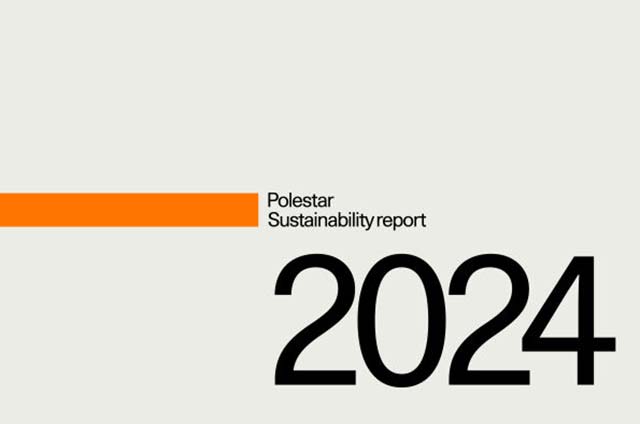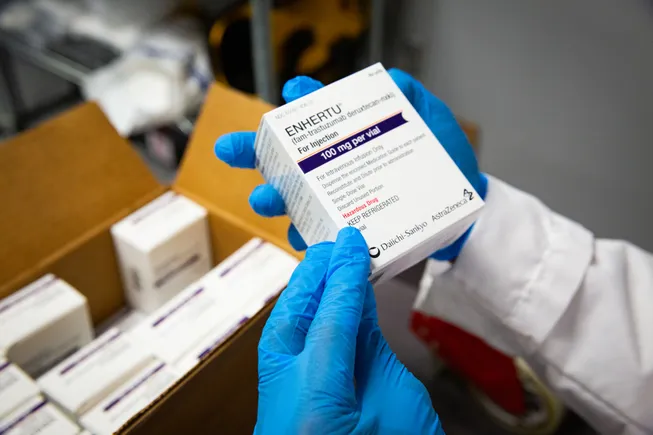Streamlining Ni‐Rich LiNixMnyCozO2 Cathode Black Mass Purification for Direct Recycling and Upcycling through the Alkoxythermal Process
Advanced Energy Materials, EarlyView.

A low-temperature direct recycling strategy, designed for nickel-rich cathodes, integrates the tedious pretreatment of cathode black mass with relithiation to recover high-quality cathode products on a large scale. This mild and versatile process, operating at 80 °C, enhances both practicality and environmental sustainability.
Abstract
The rapid accumulation of end-of-life lithium-ion batteries necessitates sustainable recycling pathways, particularly for the industry-prominent nickel-rich NCM (LiNixMnyCozO2, x+y+z = 1, x>0.8) materials. Direct recycling presents a promising solution but is hindered by the susceptibility of these materials to impurities, moisture, particle cracking, and thermal degradation, especially in hydrothermal relithiation methods. This study reveals that impurities lead to severe surface degradation in nickel-rich NCM cathodes, resulting in critical material transformations during high-temperature hydrothermal processes. To address these issues, the alkoxythermal (AT) process is introduced, a low temperature relithiation and purification strategy operating at 80 °C. Applied to nickel-rich scrap, low-nickel spent cathodes, and mixed-stream materials, the process achieves relithiation of the crystal alongside majority fluorine impurity removal. The AT process is also successfully demonstrated on a 100-gram batch of spent NCM (89% nickel) cathode black mass, showcasing its scalability. The resulting spent material post-AT process is upcycled to a single-crystal morphology, yielding a specific capacity of 196 mAh/g. With scalability, integration potential, and broad applicability, the AT process marks a significant advancement in direct recycling for nickel-rich chemistries, addressing key challenges in sustainable battery material recovery.

































































































































































.jpg)








